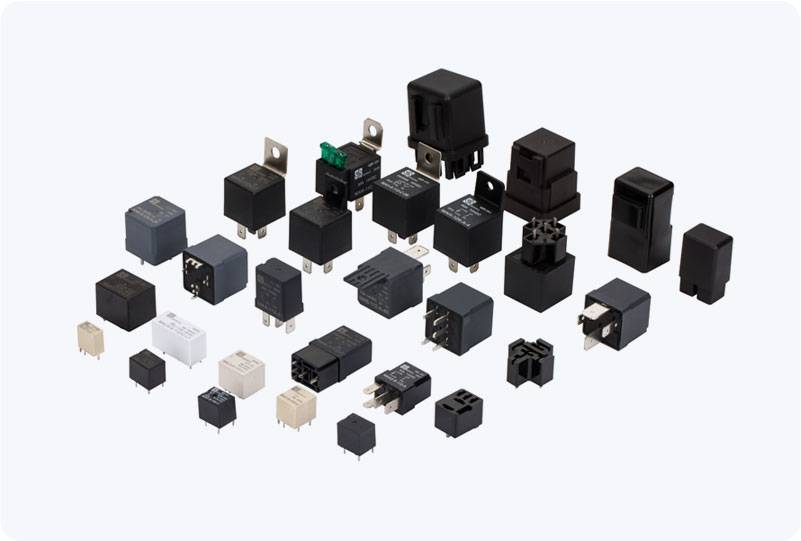understanding the importance of overload relay in motor protection
Release time:2025-11-09 10:29:00
Overload relays are essential components in electrical motor protection systems. They play a crucial role in safeguarding motors from damage caused by excessive current, which can result in overheating, malfunction, or even total failure of the motor. This article explores the significance of overload relays, their working principles, types, applications, and why they are indispensable in industrial and commercial setups.

What is an Overload Relay?
An overload relay is a device used to protect electrical motors from damage due to excessive current. When a motor draws more current than it is rated to handle, typically caused by mechanical failure, jams, or prolonged running beyond its capacity, the overload relay disconnects the power supply to the motor, preventing potential damage. Overload relays are typically connected in series with the motor's power supply, and they are usually coupled with a contactor for efficient control and protection.
Working Principle of Overload Relay
The fundamental operation of an overload relay is simple: it detects the motor’s current and responds if it exceeds preset limits. When a motor runs under normal conditions, the relay continuously monitors the current drawn by the motor. If the current reaches a predetermined threshold for a set duration, the relay will activate and interrupt the power supply to the motor, ensuring that the motor is not exposed to harmful overcurrent.

